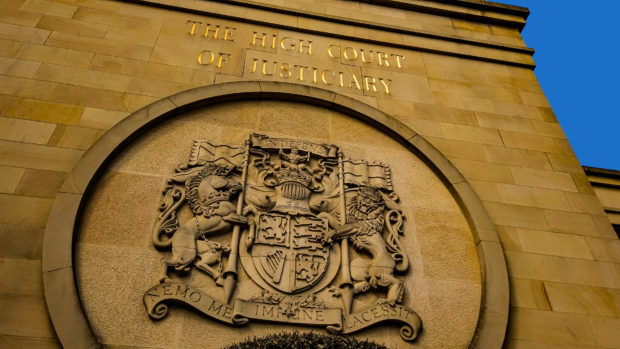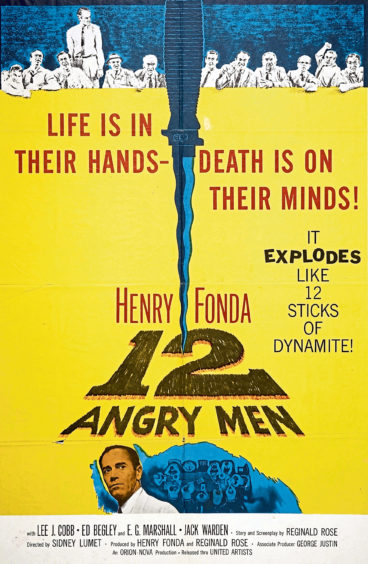
A leading lawyer wants to scrap Scotland’s three-verdict system as part of wholesale reform of Scotland’s courts.
Solicitor Advocate Robert More has called for only two possible verdicts, proven or not proven, instead of guilty, not guilty and not proven. He also supports smaller juries and a requirement that proven verdicts are unanimous.
Mr More, former vice-president of the Edinburgh Criminal Bar association, who in 2012 became Scotland’s youngest criminal solicitor advocate, said: “The verdicts which ought to be open to a jury should be proven and not proven. This would remove from the jury’s consideration questions of guilt or innocence, which can distract from the job of establishing what facts have been proved.”
On the size of juries, he added: “While most countries are satisfied with 12 jurors, 15 constitute a Scottish jury. I see no reason why we need something so big, especially where something smaller has been demonstrated to work just as well elsewhere.”
Mr More also proposed a requirement for unanimous decisions before someone is convicted. He said: “It’s a common refrain that it’s easier in Scotland to be convicted of murder than it is to change the rules of your golf club. One might think that, where seven out of 15 opt for acquittal, that would represent a collective reasonable doubt. That in Scotland it does not, is unacceptable.”
Scotland’s unique three-verdict system has been criticised over the years as unnecessary and confusing.
Justice Secretary Humza Yousaf last month said “serious consideration will be given to reforming the three-verdict system” as he announced the Scottish Government’s Jury Research group, postponed due to coronavirus, would resume looking at reforms.
The Scottish Conservatives will include a pledge to abolish the third verdict in their manifesto for next year’s elections.
Thomas Ross QC, past-president of both the Glasgow Bar Association and the Scottish Criminal Bar Association, said jurors should be thinking about the proven facts during a trial rather than guilt or innocence, concluding: “There is merit in moving towards verdicts of proven and not proven.
“I am unsure of the case for reducing the jury numbers from 15 to 12 and part of the reason is that, with an odd number, you are always going to get a majority one way or the other. Similarly, a requirement for unanimous decisions could risk someone who may have doubts feeling under pressure to opt for a particular verdict.”
The Jury Research group last year looked at the system of 15 jurors, three verdicts and a simple majority. The Scottish Government said: “This work has now resumed.”

Enjoy the convenience of having The Sunday Post delivered as a digital ePaper straight to your smartphone, tablet or computer.
Subscribe for only £5.49 a month and enjoy all the benefits of the printed paper as a digital replica.
Subscribe © Universal History Archive/Shutterstock
© Universal History Archive/Shutterstock